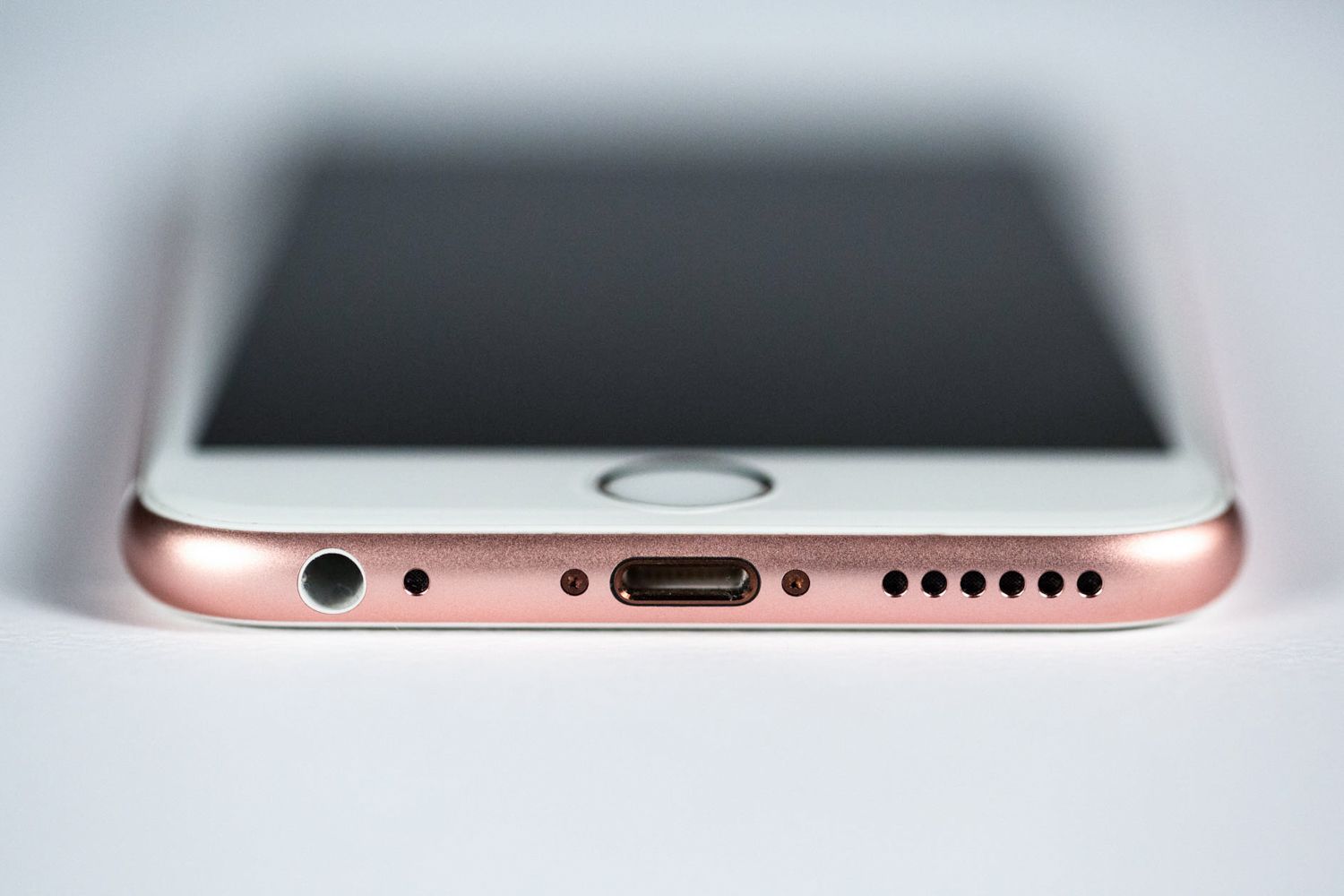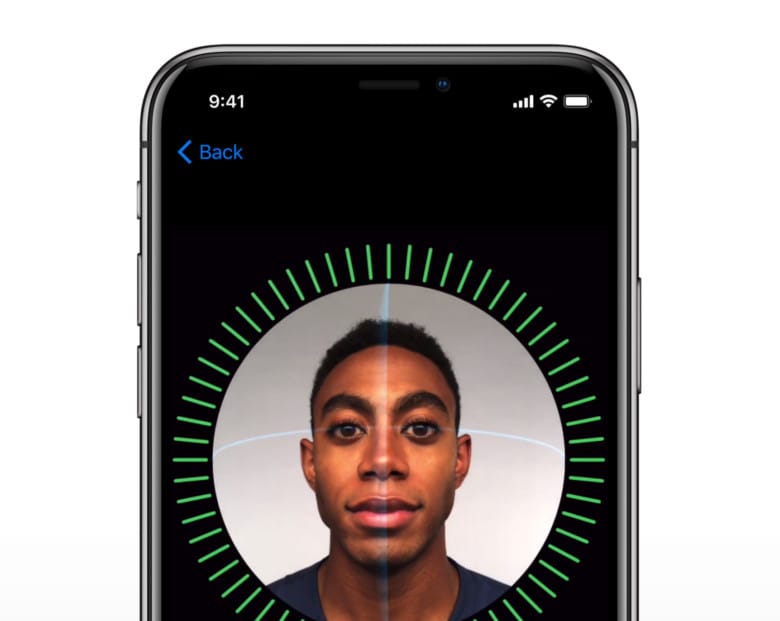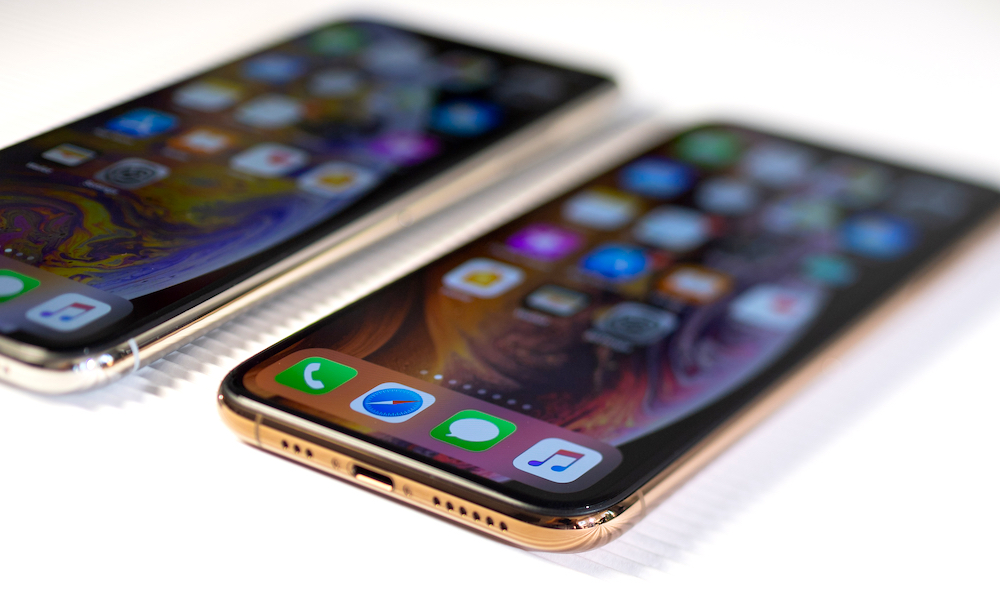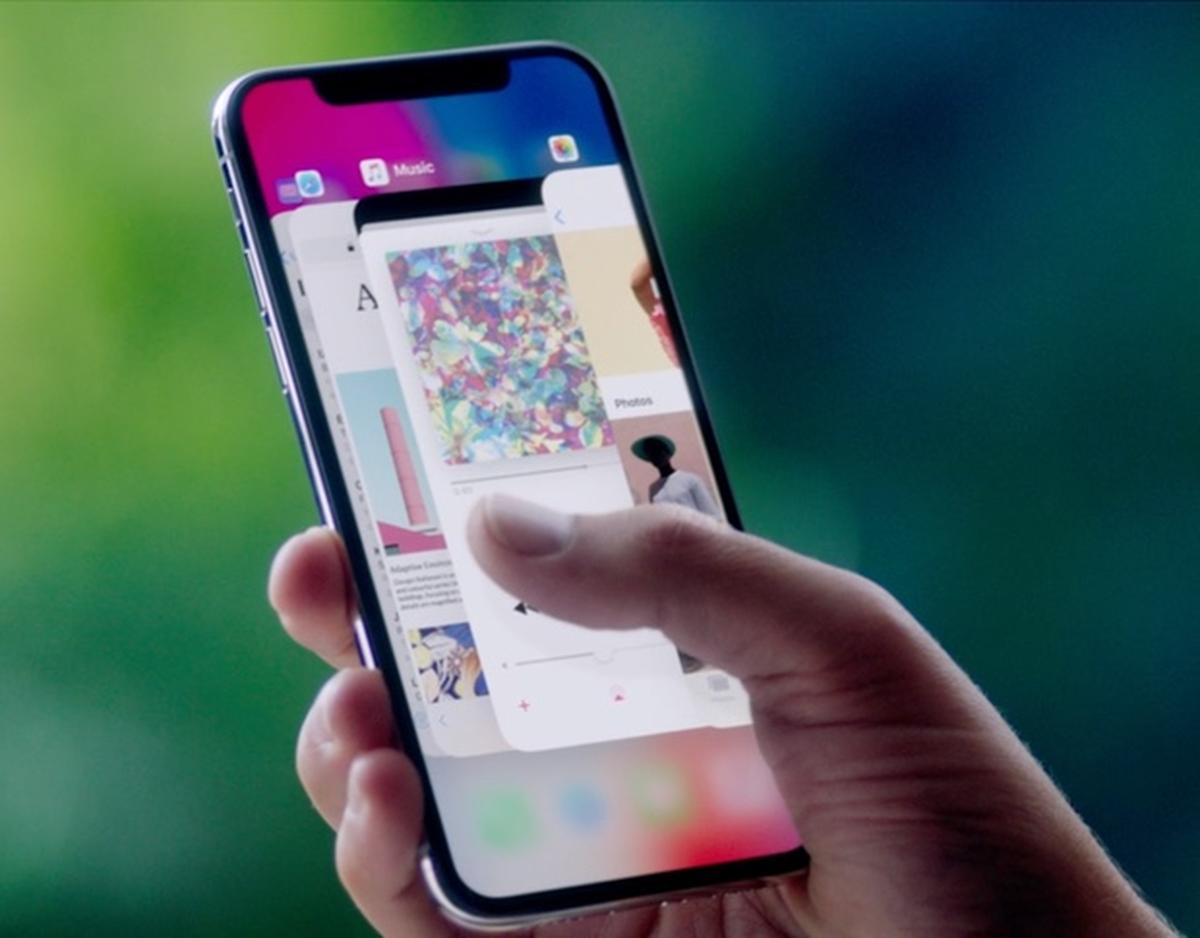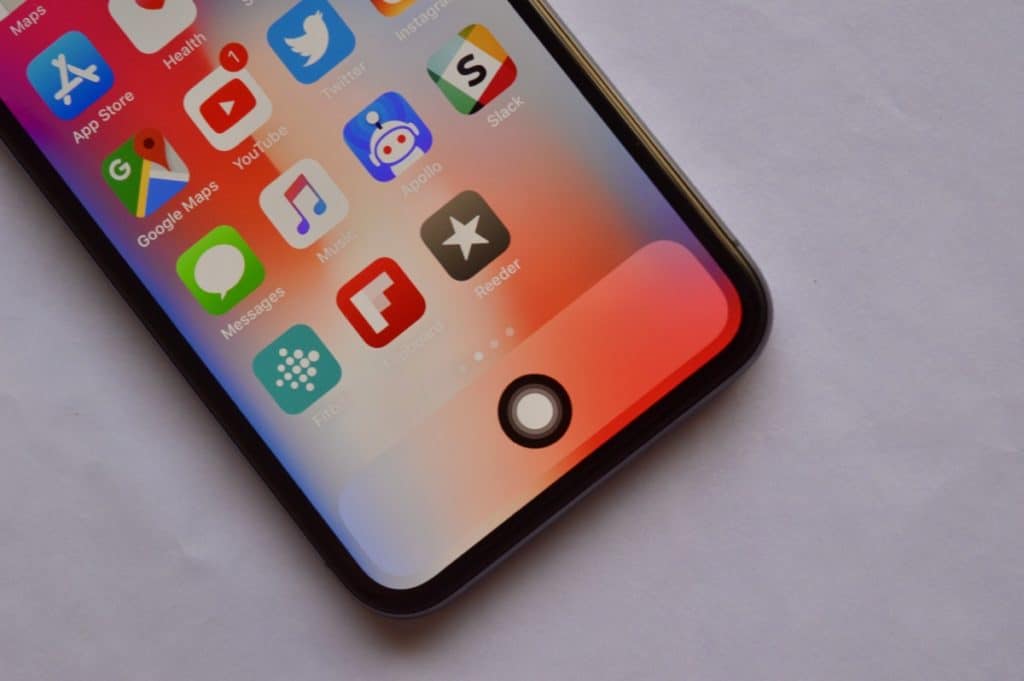Why You Shouldn’t Be Afraid to Give up the iPhone’s Home Button
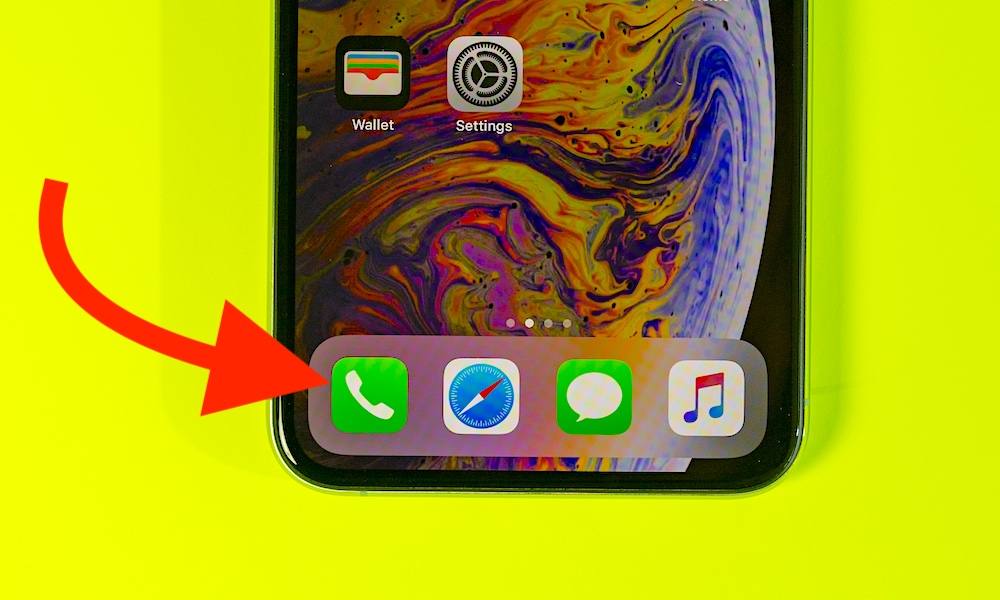 Credit: Hadrian / Shutterstock
Credit: Hadrian / Shutterstock
Toggle Dark Mode
Approximately three months ago, I made the transition to an iPhone X from an iPhone 6s. My outdated iPhone was getting slower and holding less of a charge, so I decided that I was done being patient and cost-conscious. It was time for an upgrade.
I was incredibly excited to open up my new iPhone X the moment I picked it up from the Verizon store. But the smartphone didn’t have the Home Button I was so accustomed to — for a second, I was seemingly lost. “How am I supposed to return back to the Home Screen?” I asked myself. “Is Touch ID a thing anymore? How do I close all of my open apps running in the background?”
But after a short week, the absence of a Home Button wasn’t a problem.
That familiar click and/or double click was no longer part of my regular routine. In fact, I don’t miss having a Home Button at all, and here’s why.
Extended usage would wear out a home button.
As with anything, extended use means faster wear and tear. Such was the case with the Home Button. Toward the end of life with my iPhone 6s, the Home Button was becoming less and less responsive. It was also sticking and oftentimes not fully clicking — I attributed this to dust, lint, and a bit of overuse.
But this isn’t the case with the iPhone X. Never do I find myself without that familiar virtual bar across the bottom of my screen. It’s always available when I need to go to the Home Screen or access the app-switcher.
Face ID is much better than Touch ID.
Without Touch ID, I couldn’t use my fingerprint to unlock my phone any longer. I immediately panicked and thought I’d have to rely on my passcode because there was no way Face ID could possibly replace Touch ID with such precision. I was wrong.
Face ID was introduced with the debut of the iPhone X in September 2017 as the new way to unlock your phone without a fingerprint or a passcode. I was initially hesitant, but I must say that I’m entirely impressed with Face ID. It’s proven its worth by operating in many different environments: low light, with sunglasses, and even while jogging.
The form factor is much more seamless without it.
Every iPhone since the beginning always allowed room at the bottom for the Home Button. It was a staple of the iPhone design. But this meant sacrificing screen
The iPhone X was the first model without this feature, and I must say that the Apple design team executed it beautifully.
Gesture-based actions are the future.
Whether you’re working or playing on your iPhone, you want the device to keep up with your activities. iOS delivered an intuitive, easy to use system that anyone could operate. But the Home Button was always an “extra step” when you wanted to close apps or return to the Home screen. This small detour didn’t create a fluid experience.
Apple is introducing a lot of gestures, specifically in the next iteration of iOS. Now a user can swipe left with three fingers to undo, pinch with three fingers to copy, or tap and hold with three fingers to launch the Shortcut bar — all within iOS 13.
And if you’re really missing it, you can turn on a virtual Home Button.
I don’t know anyone that uses an iPhone X or later who honestly misses tapping that extra button. But if you’re feeling nostalgic, you can always add a virtual Home Button to your iPhone screen. Go to Settings > General > Accessibility > AssistiveTouch and toggle this on. It will add a gray circle surrounded by a dark circle on the iPhone X — a virtual version of the Home Button that you can tap to replicate Home Button features.
I’d become so familiar with the Home Button that I didn’t know what I’d do without it…until Apple introduced the swipe gesture with the iPhone X. Now I wonder why they waited so long to give users a bigger screen and one less button to click.

